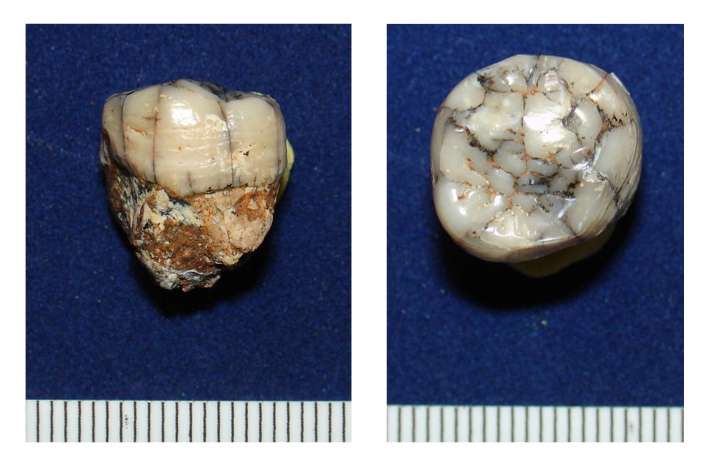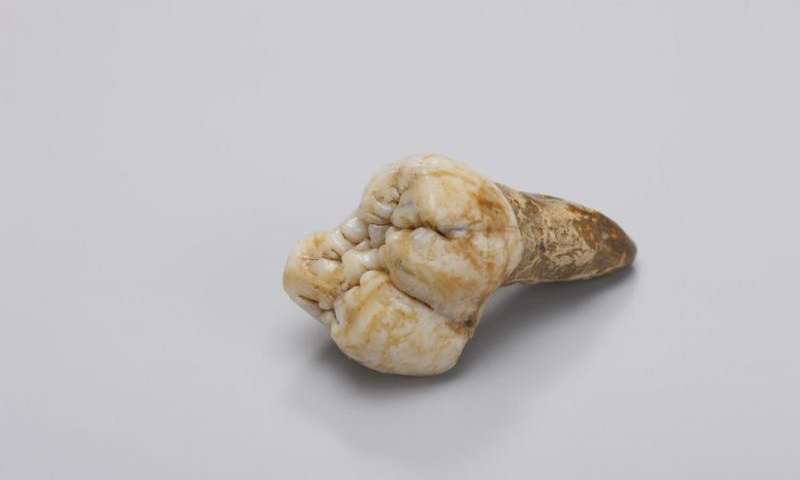
King Kong fans will be pleased to hear that the massive skyscraper climbing ape is not just a figment of filmmakers' imagination. There were actual giant apes or Gigantopithecus that roamed the planet not too long ago. However, since the only fossil evidence found is the lower jawbone and a handful of teeth, researchers have been unable to glean much insight into the giant ape's lifestyle or what caused it to become extinct.
In 2005, Jack Rink a geochronologist at Canada's McMaster University examined the meager fossils and came to the conclusion that the mammal measured about 10-feet tall and weighed up to 1,200 pounds. The Associate Professor of Geography and Earth Sciences was also able to determine that the Gigantopithecus had been roaming Southeast Asia for a million years before becoming extinct about 100,000 years ago. This meant it had lived alongside humans! The one thing he and no other scientists were able to determine is what caused the Gigantopithecus to disappear.

But now thanks to advances in fossil technology and some curious researchers, the mystery may be finally solved. For their study, the team led by Prof. Dr. Hervé Bocherens of Germany's University of Tübingen focused on the Gigantopithecus's fossilized teeth. In particular, they were looking for clues about the animal's diet in the tooth enamel's carbon isotopes that retain traces even after several million years.
The observations helped the researchers determine that the Gigantopithecus ate a variety of plants, putting to rest years of speculation about whether the ape had been a carnivore or survived just on bamboo. Given the amount of food it would need to survive, they came to the conclusion that the ancient King Kong was a forest dweller.
Upon researching the areas in Southern China and Thailand where the fossils had been found, the scientists discovered that what used to be lush forests, changed to Savannah grasslands during Pleistocene era, 100,000 years ago - The same period the Gigantopithecus disappeared.

This led the scientists who published their study in the journal Quaternary International, on Jan 4, to conclude that when the forests disappeared, so did the giant ape's food source. However, unlike many other species, the fussy eater was unable to adapt to the new habitat and, therefore, starved to death! Meanwhile, their distant cousin, the orangutan, managed to adjust and survive. The fact that they are a lot smaller in size and have a very slow metabolism didn't hurt the apes either.
These, of course, are all educated guesses. What happened to these magnificent animals can only be confirmed if we can find additional fossils - Given that the few we have were discovered in 1935, that may be a little hard.
Resources: phys.org, sciencedaily.com.